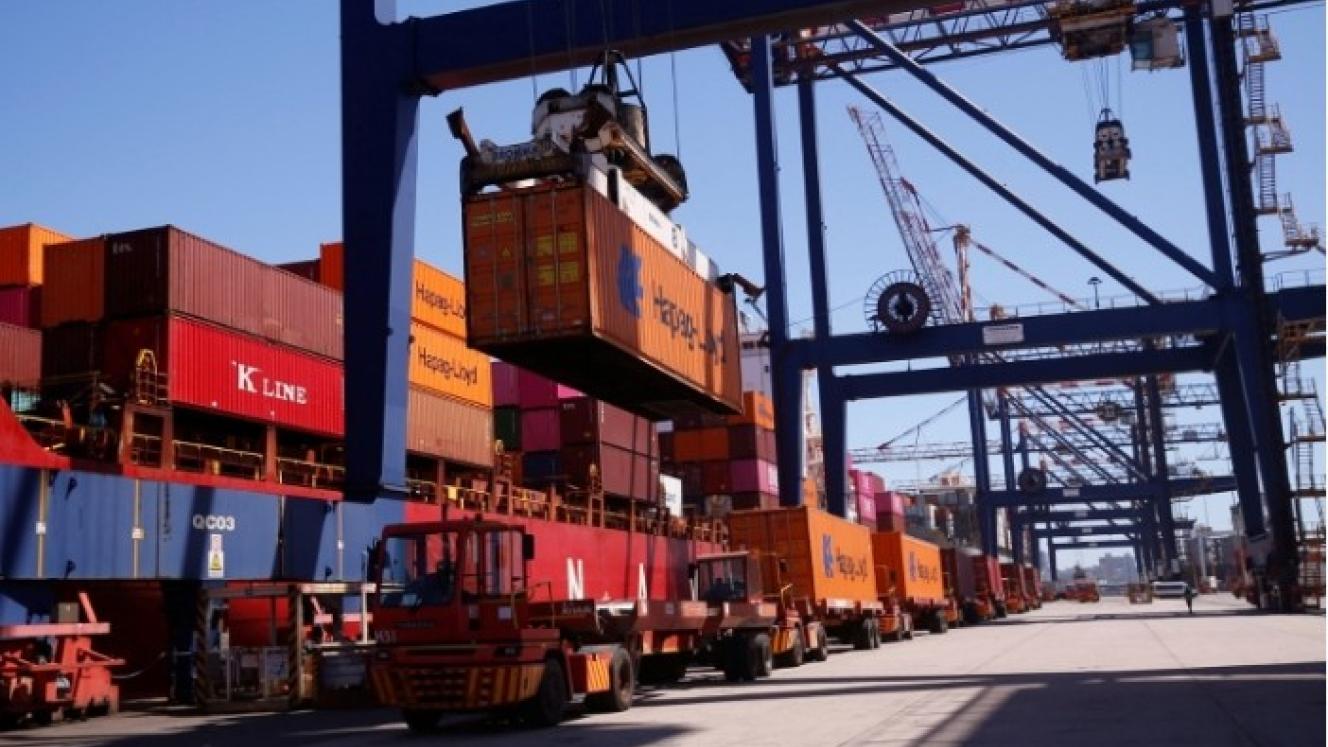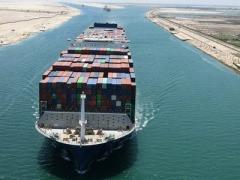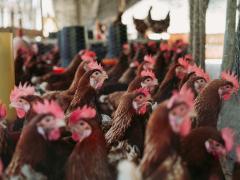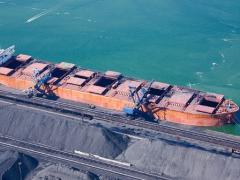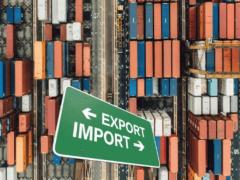The data sets gathered by ocean cargo platform Linernet confirm what has been reported elsewhere through month-on-month (m-o-m) ship-to-shore handling figures – that a turnaround seems to be under way at the country’s ports, especially in Durban.
Moreover, it’s particularly evident through measuring recent container data against recorded figures from the recent past, says the analytics consultancy’s Lance Pullan.
“From our analysis, there has been a very big turnaround in the performance of the Transnet container terminals.”
Linernet’s m-o-m figures from 2023 onwards show that berthing for 2025 has been consistently higher than the preceding years, recording well above 60 vessels worked per month.
From March onwards, the m-o-m berthing figures were 70 vessels and more, with April being the highest.
Whereas January’s berthing data was just under 70 vessels, February dropped off to just below 60, making it the only month so far this year to not record berthing figures in the 60-80 vessels-on-berth category.
This is supported by data from the weekly Cargo Movement Update (CMU) compiled by the South African Association of Freight Forwarders and Business Unity SA,
Linernet’s average waiting time data also tracks well below idling delays recorded in 2024 and 2023, the latter showing a distinct curve increase when waiting time peaked towards the end of the year.
Average waiting time on berth is also indicative of improvement at the Port of Durban, showing a steady m-o-m decrease in the time it takes Transnet Port Terminals to work vessels.
“Essentially, container vessels are now berthing on arrival,” Pullan says, adding that there are “no delays or vessels being slowed down”.
In addition to this assessment, Linernet has recorded that “the total number of vessel calls has increased”.
Looking at past data sets compared to current figures, Pullan says: “The average time on berth has decreased substantially.
“This means that the Durban container terminals are performing better than before the crisis in October, November and December 2023, when everything came to a head.”
He adds that whereas container movement at the port is clearly on a stronger curve upwards, data monitoring also provides an opportunity to look at the different sub-sectors of shipping as they are impacted differently.



